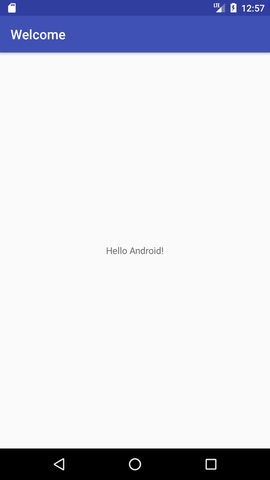What is the Difference Between an Implicit and an Explicit Intent in Android?
In Android development, understanding intents is crucial for efficient app communication and functionality. Intents facilitate interactions between different components of an application or even between different applications. They are broadly categorized into implicit and explicit intents. In this blog post, we’ll explore the differences between these two types of intents, their use cases, and how to implement them in your Android application.
What is an Intent in Android?
Table of Contents
An Intent is a messaging object used to request an action from another app component. It can be used for various purposes, such as starting an activity, starting a service, delivering a broadcast, or initiating communication between different components of the same app or different apps.
Explicit Intent
Definition
An Explicit Intent specifies the exact component (activity, service, or broadcast receiver) to which it should be delivered. It is typically used for intra-application communication.
Use Cases
- Launching an Activity: Start a new activity within the same application.
- Starting a Service: Start a specific service to perform background tasks.
- Delivering a Broadcast: Send a broadcast to a specific receiver within the same application.
Example
Here’s an example of how to use an explicit intent to start an activity:
val intent = Intent(this, SecondActivity::class.java)
intent.putExtra("EXTRA_DATA", "Hello, World!")
startActivity(intent)
In this example, SecondActivity is explicitly defined as the target component.
Implicit Intent
Definition
An Implicit Intent does not specify the exact component. Instead, it declares a general action to perform, which allows any application that can handle that action to respond. The Android system determines the appropriate component to handle the intent based on the intent filter declarations in the manifest files of the installed apps.
Use Cases
- Opening a Web Page: Launch a web browser to display a specified URL.
- Sending an Email: Launch an email client to send an email.
- Dialing a Phone Number: Launch the phone dialer with a specified phone number.
- Sharing Content: Allow the user to choose how to share content (e.g., via email, messaging apps, social media).
Example
Here’s an example of how to use an implicit intent to open a web page:
val intent = Intent(Intent.ACTION_VIEW)
intent.data = Uri.parse("http://www.example.com")
startActivity(intent)
In this example, the intent specifies the action ACTION_VIEW and the data URI, letting the Android system decide the best app to handle this request.
Key Differences Between Explicit and Implicit Intents
1. Component Specification
- Explicit Intent: Directly specifies the target component (e.g.,
SecondActivity::class.java). - Implicit Intent: Specifies a general action and lets the system determine the appropriate component based on the registered intent filters.
2. Use Cases
- Explicit Intent: Used for intra-application communication where the target component is known.
- Implicit Intent: Used for inter-application communication or when you want the system to choose the best app to handle the request.
3. Flexibility
- Explicit Intent: Less flexible, as it is tightly coupled with the target component.
- Implicit Intent: More flexible, as it allows the system to match the intent to any compatible component.
4. Security and Control
- Explicit Intent: Provides more control and security, as you know exactly which component will handle the intent.
- Implicit Intent: Offers less control, as the system can route the intent to any app that matches the intent filter criteria.
Conclusion
Understanding the difference between implicit and explicit intents is essential for efficient Android development. Explicit intents are useful for direct, internal component communication within an app, while implicit intents allow for broader interactions, letting the system determine the best component to handle a particular action. By leveraging both types of intents appropriately, you can create more dynamic, flexible, and user-friendly Android applications.
For more insights and tutorials on Android development, stay tuned to our blog. If you have any questions or need further clarification, feel free to leave a comment below!
Read More



